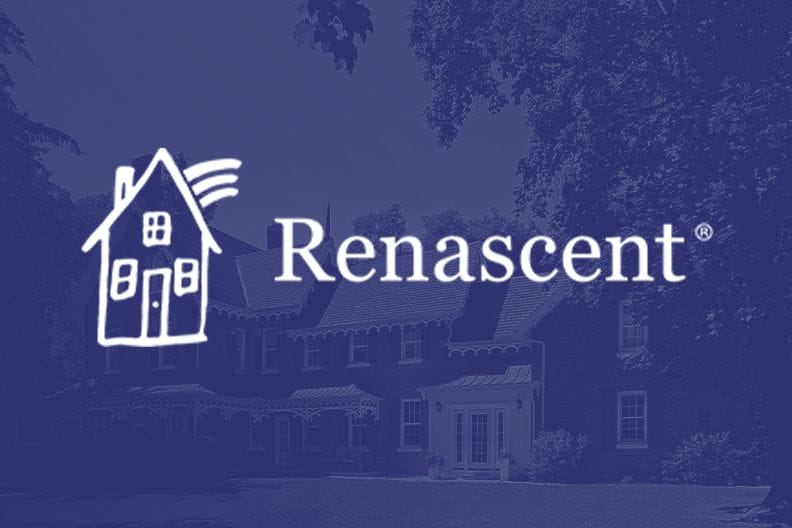Toronto city council voted yesterday to approve creating three safe injection sites in the city’s downtown core. With Toronto Public Health reporting a 41% increase in overdose rates between 2004 and 2013, the Toronto board of health unanimously supported the motion.
While we at Renascent follow an abstinence-based model, for some people harm reduction (HR) can be an important step in the journey toward full recovery. In this post on Memoirs of an Addicted Brain, Julia Hammid goes as far as saying that “with few exceptions, recovery is always a continuum and always includes some form of HR, in the fullest sense of that term.”
How has the harm reduction model affected you in your recovery, or that of a loved one? Share your experience in the comments below.


I have been using drugs and alcohol since I was 9 years old.
When I was 23 I gave up heroin, after a long 8 year love affair.
I continued with cocaine, crack and booze.
When I was 26 I gave up cocaine and crack.
However the booze still raged on.
When I was 28. I finally gave up the booze.
Harm Reduction, even though I didn’t know what it was until I got into recovery saved my life.
I relapsed many times since then and even though I do not consider myself to be in recovery right now, reducing my harm is still working for me.
I do not use alone, no needles, I only drink and smoke at home.
It may sound like justification, but I know I will get to where I’m supposed to be.